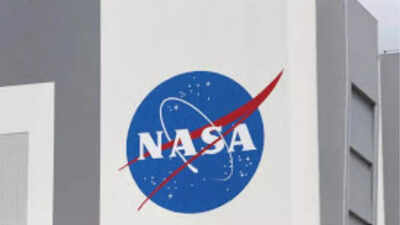- News
- Science News
- NASA embarks on mission to enable long-term human stay on the Moon
NASA embarks on mission to enable long-term human stay on the Moon
NASA's latest mission targets long-term human presence on the Moon, focusing on testing advanced technologies under the Artemis and CLPS programs. Launched on a SpaceX Falcon 9, the mission explores new navigation systems, mining technologies, and surface communications. Additionally, the Lunar Trailblazer spacecraft will assess lunar water distribution, essential for future deep-space habitation.
NASA is advancing the frontiers of space exploration with a historic mission that will make a long-term human presence on the Moon possible. Under its lunar sustainability vision, the mission will evaluate critical technologies that have the potential to transform the way astronauts live and work outside Earth. Ranging from power generation to life support, the mission will help define the future of deep-space habitation. Researchers are developing cutting-edge solutions that may one day enable permanent lunar bases and even Martian missions. With new developments on the horizon, this mission is a huge step towards making the Moon not only a destination, but also a place to call home.
NASA launches lunar mission to test next-gen space technologies
NASA has sent a trailblazing lunar mission to try out advanced technologies that will redefine the future of space travel. Under the Commercial Lunar Payload Services (CLPS) program and the Artemis mission, the Intuitive Machines IM-2 mission blasted off on a SpaceX Falcon 9 rocket from Kennedy Space Center. The lunar lander will land on March 6 in Mons Mouton, close to the South Pole of the Moon. This mission will test new navigation systems, mining technologies, and surface communications, critical to future astronaut missions on destinations other than the Moon. One of the highlights is a propulsive drone that will "hop" on the surface of the Moon to explore. By expanding technology boundaries, NASA is boldly stepping into long-term lunar settlement and interplanetary space travel.
NASA’s Lunar Trailblazer spacecraft embarks on a mission to map Moon’s water
Also Read:National Science Day 2025: How C.V. Raman’s discovery shaped this year’s theme

About the Author
TOI Science DeskEnd of Article
FOLLOW US ON SOCIAL MEDIA

